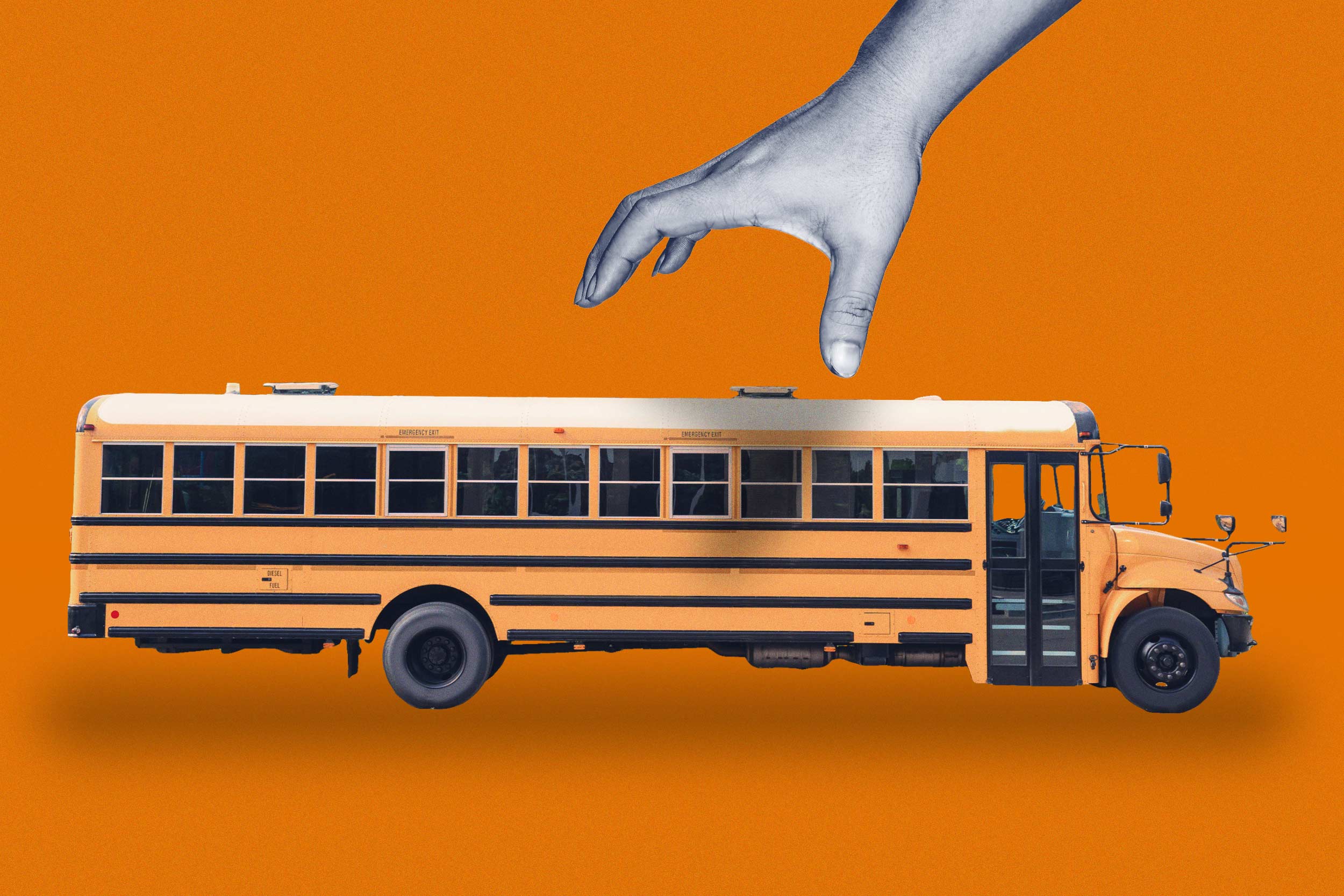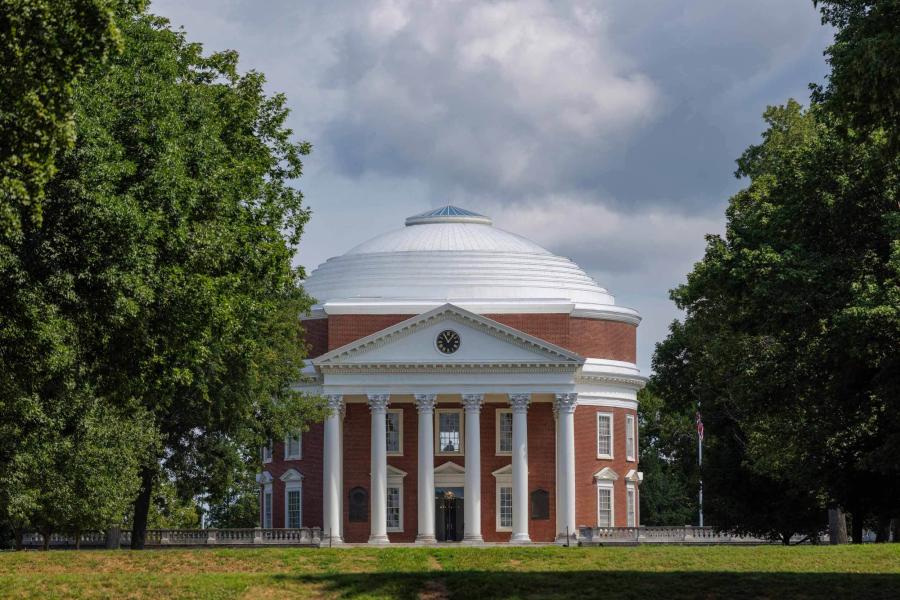In March, the state of Texas made a big move in announcing its takeover of the Houston Independent School District, the state’s largest.
Among the methods used to help turn around low-performing schools, state takeovers of struggling school districts are high-stakes. State officials taking over the decision-making power of local school boards and district leaders, as happened in Houston, is an effort to make a dramatic, positive impact on student achievement.
However, according to a new article by Beth Schueler, an assistant professor in the University of Virginia’s School of Education and Human Development and its Batten School of Leadership and Public Policy, the average state takeover does not result in improved student achievement.
Instead, Schueler’s research shows what matters significantly is how states handle takeovers. They can bring positive results if done well, but come with risks, especially for communities that are home to large shares of Black students.
We sat down with Schueler to learn more about state takeovers and what her research has uncovered.
Q. Can you explain what a state takeover is and how frequently it happens?
A. Each state has legislation that defines what exactly a state-level takeover can mean. For example, in Massachusetts, the state can ignore current collective bargaining agreements during a takeover. But they are currently considering legislation to change that.
One thing they do have in common is that state takeovers are almost always temporary. Regardless of where it happens, state takeovers are not typically understood as a permanent solution.
As far as frequency, takeovers are pretty rare events, so it is important when we talk about this research that we remember sample sizes are relatively small within any one state.
Q. You describe state takeovers of struggling school divisions as often being contentious. At what point is that decision typically made?
A. Typically, states are usually targeting districts where multiple things are going wrong and where challenges have been consistent over time.
But there are two common reasons states give for why they are enacting takeover. One is that there has either been some kind of financial challenge, which could include financial mismanagement or something similar. Second, especially in the last couple of decades, takeovers have often been used as a means of accountability for addressing low academic performance.






